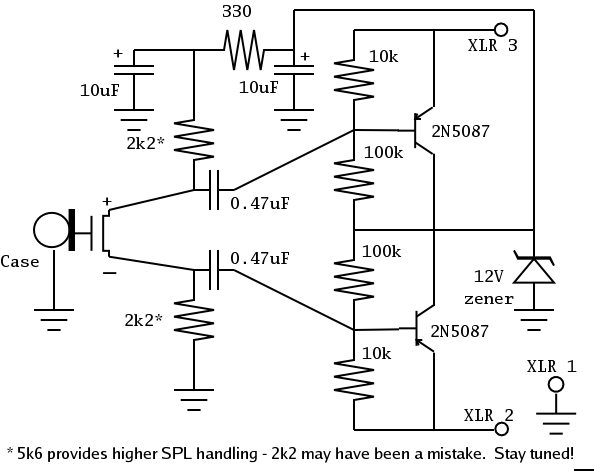> Make sure that physically, capsule is as close to the boundary as it is possible, to avoid LF loss.
HF comb-filtering, not LF loss.
LF loss is caused by too-small boundary. The 4-inch plate nomrally supplied is a boundary and "pressure zone" only above 3KHz. For full PZM effect to 50Hz, use a 10-foot plate (in practice, always a wall or floor). Since we can often use PZM effect just above 250Hz, a 2-foot plate is popular for overhead hanging; less if we want crisp highs with blended lows.
You can use a fat old EV-635A as a PZM. EV even made foam "mice" for the purpose. With a 1" capsule 1/2" off the table, it comb-filtered above 6KHz, but gave really nice speech response. I'm not sure the Crown design is "wrong": it gives a compact layout (1/8" error) and they had to do something about the severe ringing in the capsules they used (significantly modified hearing-aid mikes). Yes, a P-Sonic face-up in a hole, or set sideways in a groove, works fine too.
You can see the PZM effect. Record an impulse source (rim-shot) with an omni mike to a waveform editor. Try with the mike out in the room, then 2 feet, 1 foot, 6 inches, etc from a hard wall. As you get near the wall the echo off the wall will appear and rise in level. When you get close-enough to the wall, the echo and the direct sound merge, echo gone, double the peak level.





